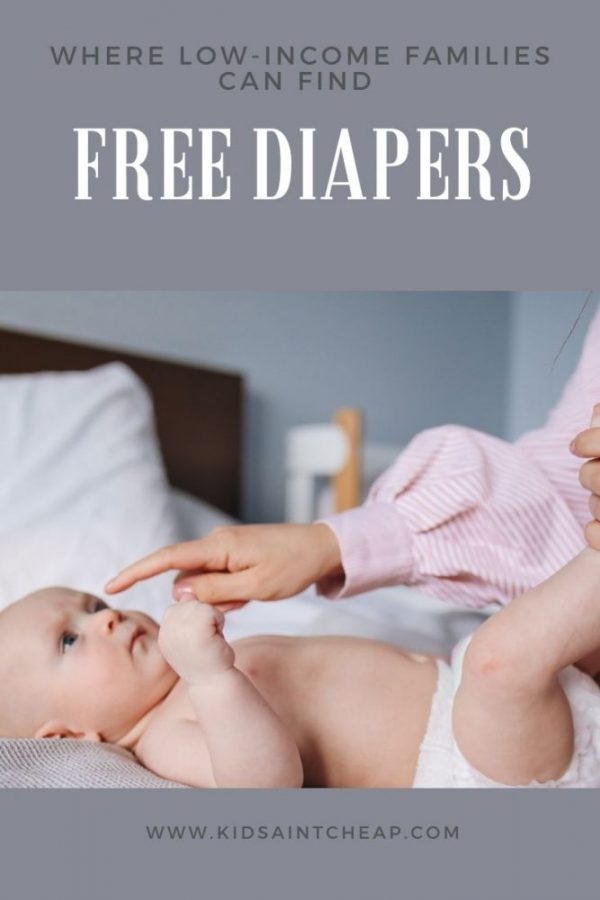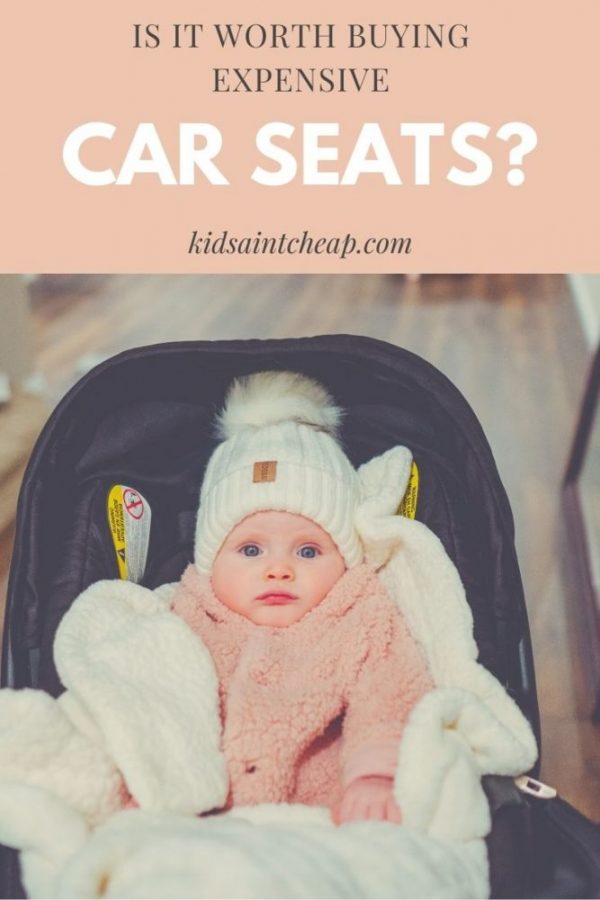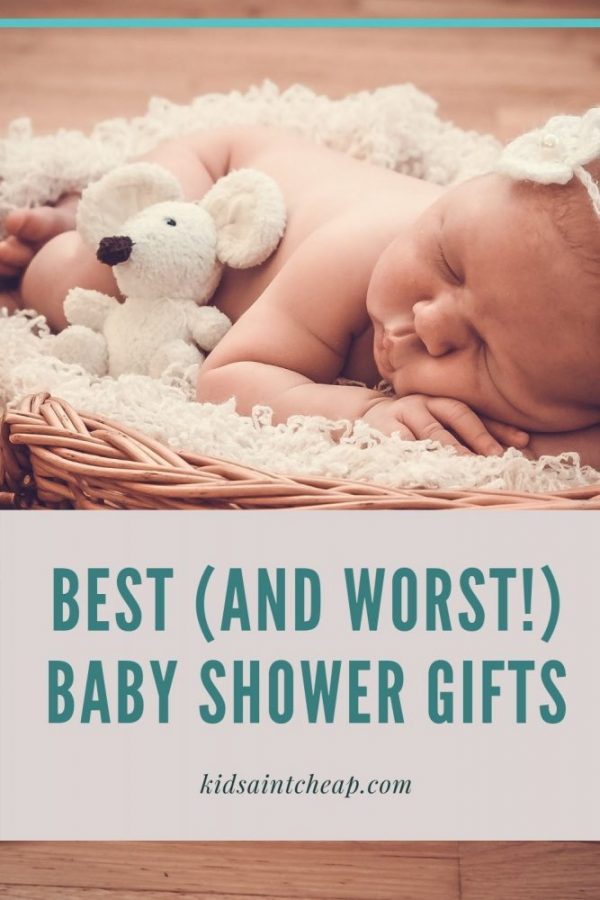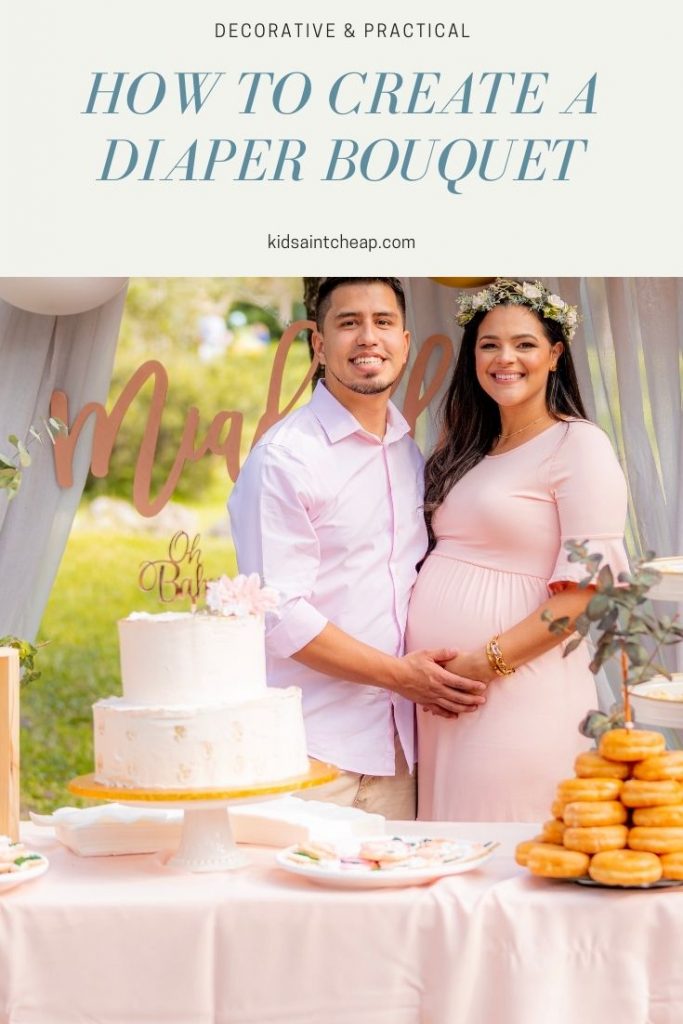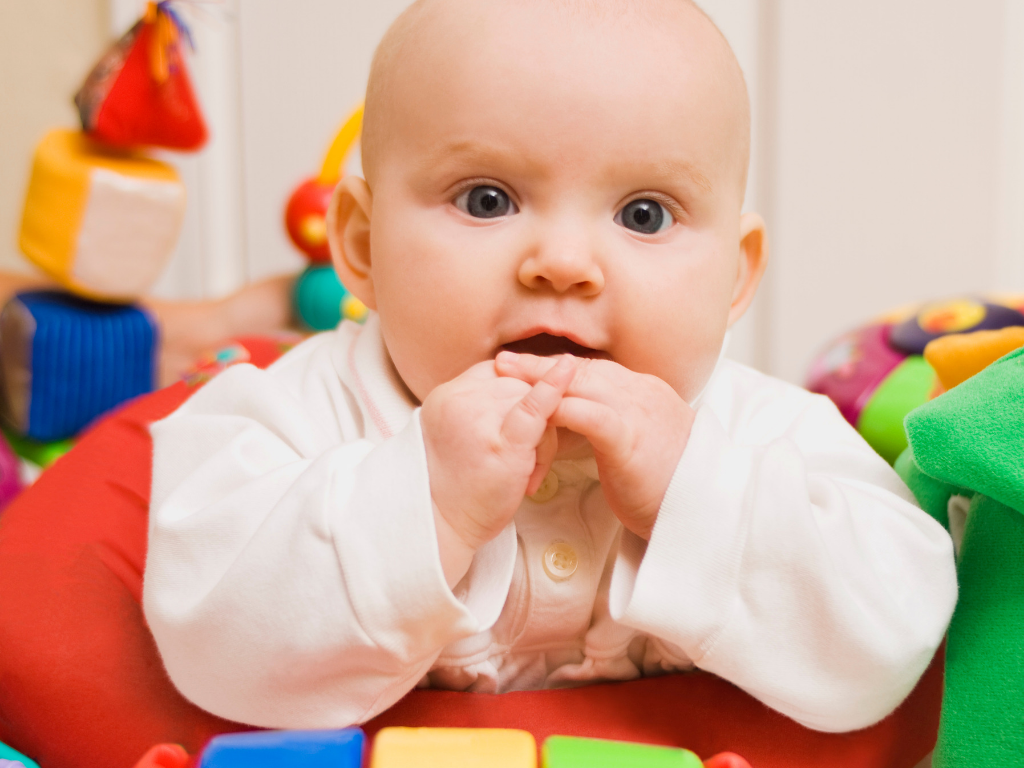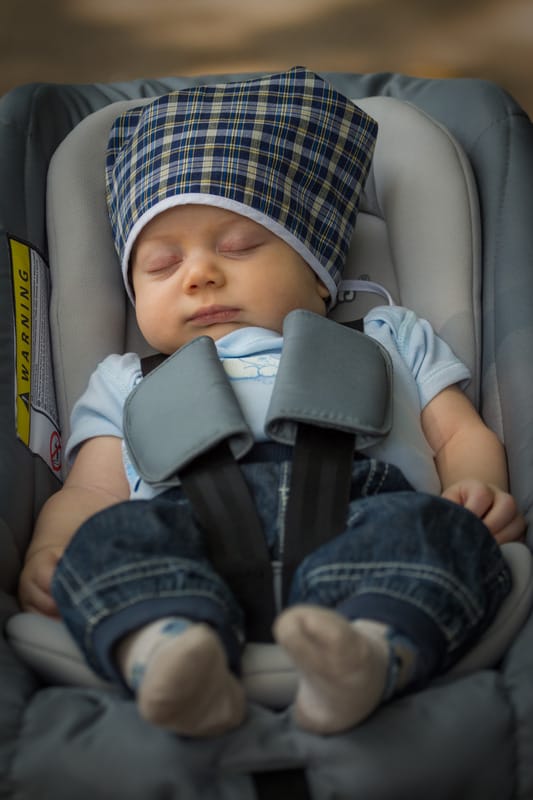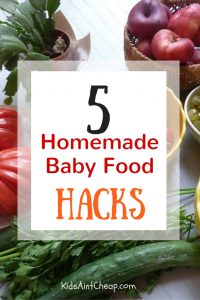Having a baby when experiencing lower income is a wonderful experience plagued with frustration. When I had my children, I was trying hard to improve my finances and still struggling to get something as simple as diapers. On average, it costs $70-$80 a month to provide disposable diapers for one baby. That can be a hefty expense for a lower income family. Fortunately, there are ways to make things simpler for yourself and ease your finances a little bit. Here are a few ways low-income families can get free diapers.
Melissa is a writer and virtual assistant. She earned her Master’s from Southern Illinois University, and her Bachelor’s in English from the University of Michigan. When she’s not working, you can find her homeschooling her kids, reading a good book, or cooking. She resides in Arizona where she dislikes the summer heat but loves the natural beauty of the area.
